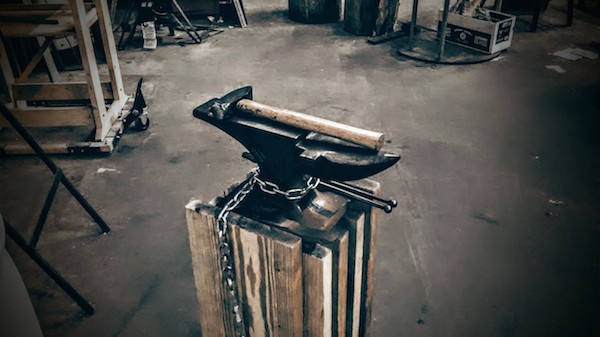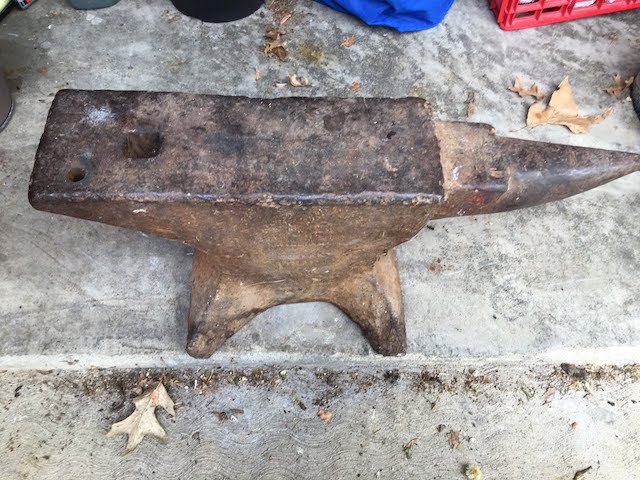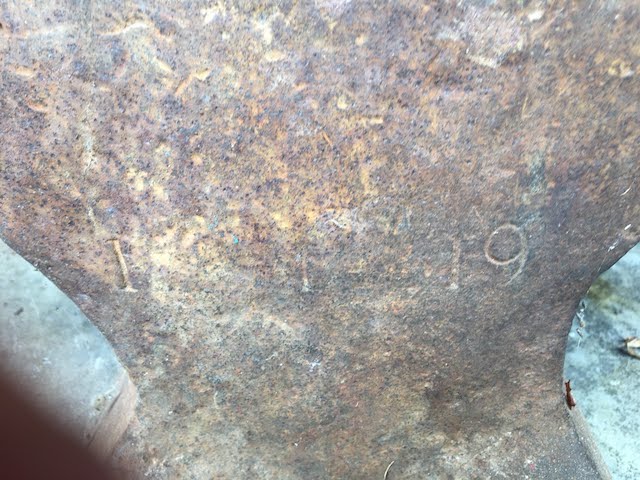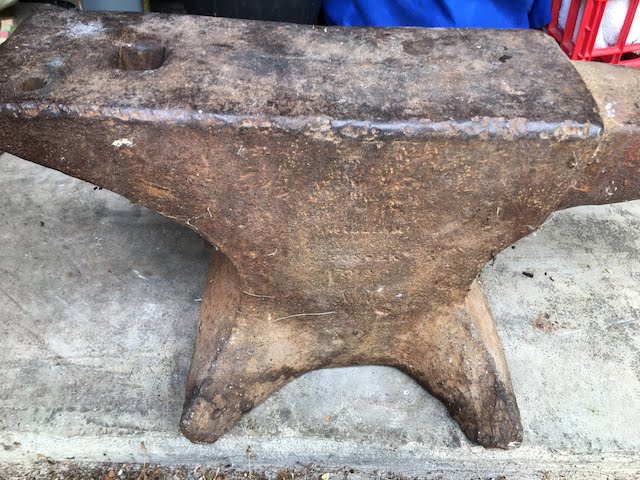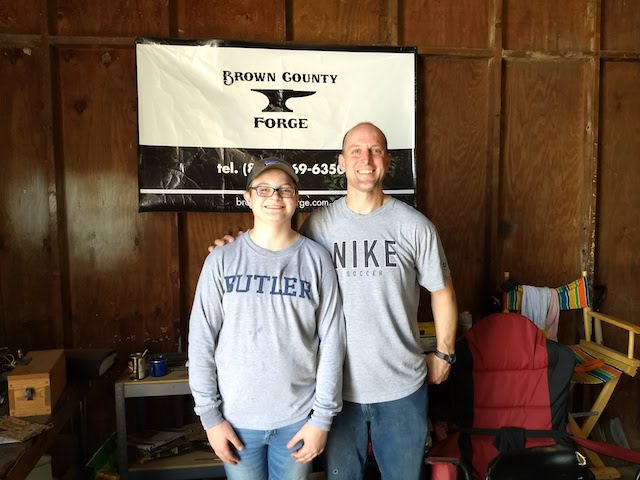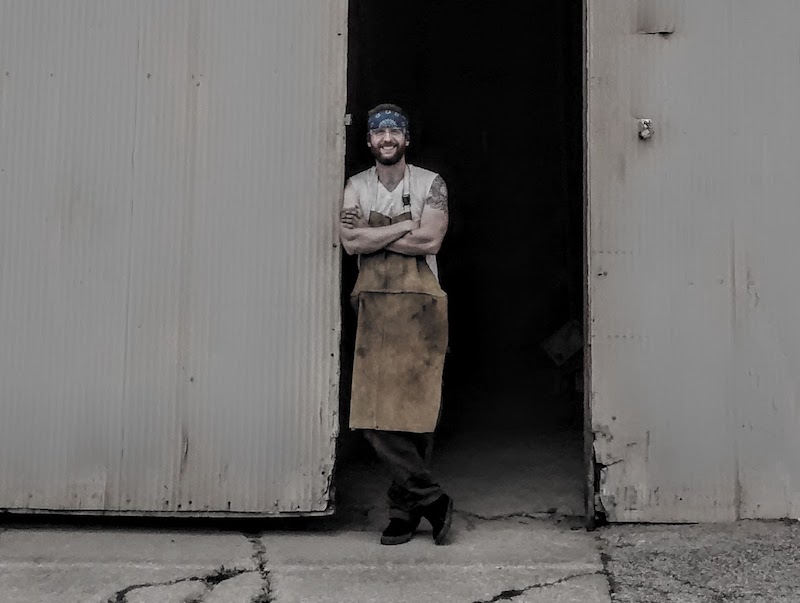
What is a blacksmith?
Who is a blacksmith?
What do blacksmiths do?
A Blacksmith Shapes Hot Steel
Above all else, a blacksmith works with fire and iron-based metal (steel).
The “black” in blacksmith refers to the “black metal” or iron that smiths have worked for millenia.
We take pieces of steel and heat them up to over 1000 degrees Fahrenheit.
Then using a hammer and anvil, we bend, beat, and shape them into tools, railings, knives, and hardware.
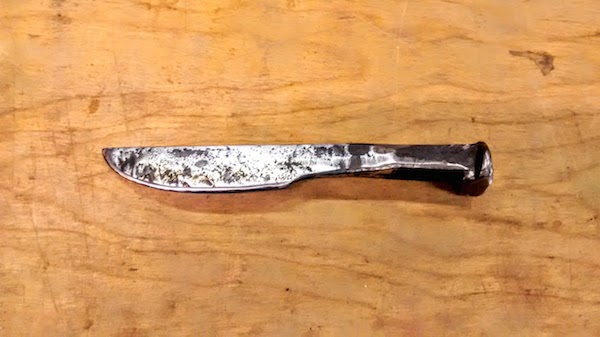
Over 1 Million Blacksmiths
Estimating the number of blacksmiths in the world is tricky. They are known for making a lot of noise, but not talking much.
You might have a blacksmith in your neighborhood. Someone who tinkers in their garage or barn with a hammer and anvil can call themselves a blacksmith.
The talented people who complete classes at Brown County Forge can call themselves blacksmiths, too.
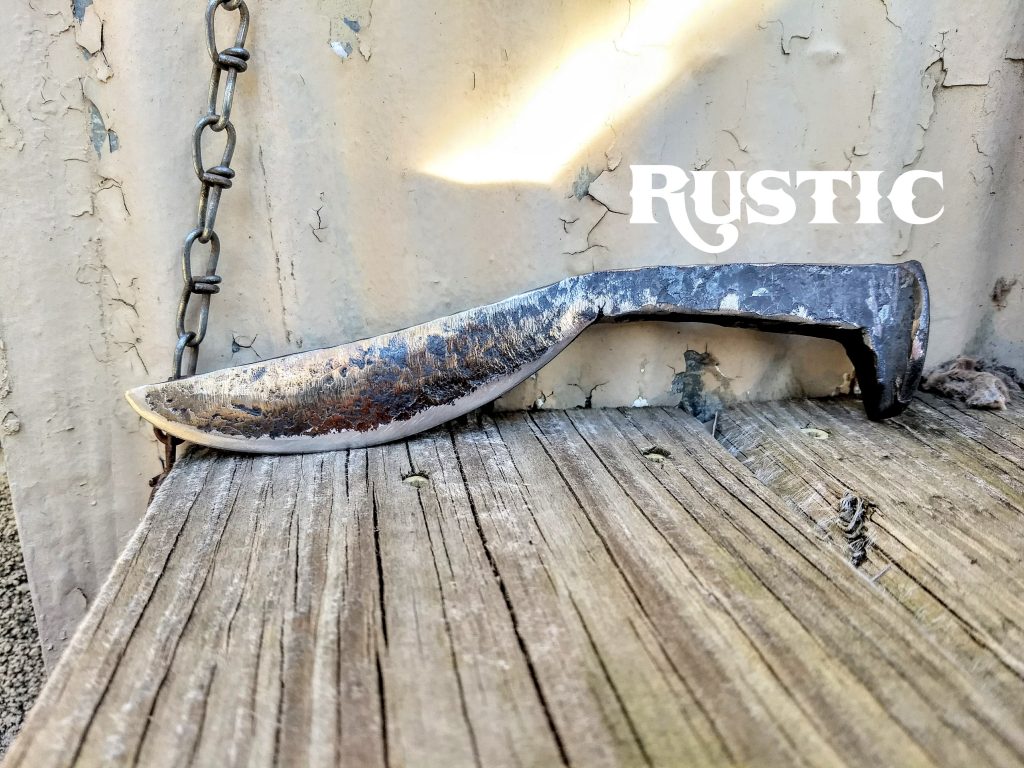
Different Types of Blacksmiths
There are a lot of different types of blacksmiths out there. Some specialize in a specific area of blacksmithing.
Shipsmiths focus on the hardware used on ships.
Bladesmiths mostly work on blades. Think: Japanese bladesmiths
Architectural Blacksmiths make things like railings, gates, beam brackets, and large hardware for buildings.
Artist-Blacksmiths often make decorative sculptures along with useful items.
Farriers are blacksmiths who shoe horses for a living. This is the most stable blacksmithing specialty in the 21st Century.
Hobby Blacksmiths might dabble in a few different areas.
What Type of Blacksmith Shop is Brown County Forge?
Terran Marks, the owner-blacksmith at BC Forge, is an Artist-Blacksmith. He makes decorative home hardware and teaches.
Architectural Blacksmithing is one of his interests. Shoeing horses is something he respects a lot, but doesn’t have the nerve to try.
If you have questions about blacksmithing or visiting the forge, please contact us!
